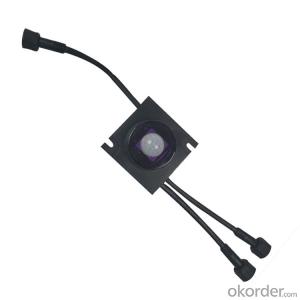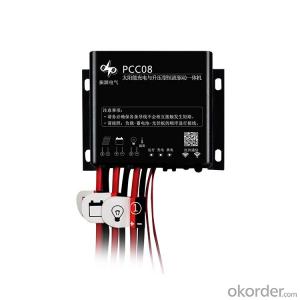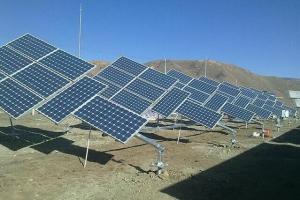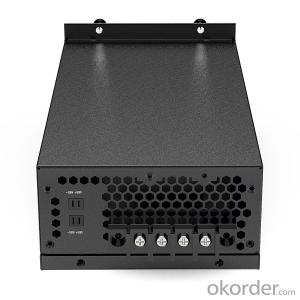Rv Solar Inverter Setup
Rv Solar Inverter Setup Related Searches
Best Inverter Solar Panel Solar Panel On Roof Rack Inverter To Solar Panel Ratio Solar Panel Decking Lights Solar Panel Inverter Box 1000 Watt Solar Panel Inverter 12 Volt Solar Panel Inverter Plastic Solar Lanterns Buy Solar Panel Inverter Solar Panel Inverter CostHot Searches
Type Of Inverter For Solar Types Of Inverter For Solar Used Solar Inverter For Sale Inverter Size For Solar System Solar Edge Inverter For Sale 5kw Solar Inverter For Sale Solar Inverter For Sale Solar Inverter For Battery Solar Inverter For Split Ac Solar Inverter For Laptop Solar Inverter For Fridge Solar With Inverter Price Solar Inverter With 2 Battery Solar Inverter Price In China Best Solar Inverter In China Solar Inverter Price In Dubai Solar Inverter Price In Uae Solar Inverter Price In Kenya Solar Inverter Price In Kerala Solar Hot Water Collectors For SaleRv Solar Inverter Setup Supplier & Manufacturer from China
Okorder.com is a professional Rv Solar Inverter Setup supplier & manufacturer, offers integrated one-stop services including real-time quoting and online cargo tracking. We are funded by CNBM Group, a Fortune 500 enterprise and the largest Rv Solar Inverter Setup firm in China.Hot Products
FAQ
- Yes, a solar controller can be used with solar-powered drones. A solar controller is an essential component of a solar power system that manages the flow of electricity from the solar panels to the battery. In the case of solar-powered drones, the solar controller would regulate the charging of the drone's battery using the energy generated by the solar panels. This ensures that the battery is charged efficiently and prevents overcharging or damage to the battery. Furthermore, the solar controller can also provide important monitoring and protection functions, such as temperature compensation and over-discharge prevention, which are crucial for the safe and optimal operation of the drone. Overall, a solar controller is a valuable tool for integrating solar power into drone systems, enabling longer flight times and more sustainable operations.
- Yes, a solar controller can be used with lead-acid batteries. In fact, it is recommended to use a solar controller to regulate the charging process and prevent overcharging or undercharging of lead-acid batteries, thereby extending their lifespan.
- The task of regulating the flow of electricity between solar panels and the battery bank or load falls on a solar controller, which is also known as a charge controller. To ensure the safety and efficiency of the system, the controller employs various mechanisms when dealing with high voltage input from solar panels. To begin with, a solar controller typically utilizes a maximum power point tracking (MPPT) algorithm. This algorithm enables the controller to constantly monitor the voltage and current of the solar panels, allowing it to track the maximum power output the panels can generate. By adjusting the operating point of the panels, the MPPT algorithm optimizes their energy harvesting capability, even when weather conditions change or partial shading occurs. This prevents any damage that might result from excessive voltage. Moreover, a solar controller incorporates different protective features to handle high voltage input. One of these features is a voltage regulator, which acts as a limiter for the voltage. Its purpose is to ensure that the voltage from the solar panels does not surpass a certain pre-determined value, usually the rated voltage of the battery bank or load. If the input voltage exceeds this limit, the controller automatically reduces it to a safe level before allowing it to reach the battery or load. Additionally, a solar controller may include over-voltage protection mechanisms. These mechanisms are designed to detect and respond to sudden spikes in voltage, such as those caused by lightning strikes or electrical surges. By promptly disconnecting the solar panels from the battery or load, the controller prevents any potential damage to the system. In conclusion, a solar controller effectively manages high voltage input from solar panels by utilizing the MPPT algorithm to optimize power output, employing a voltage regulator to maintain voltage within safe parameters, and incorporating protective features to prevent damage from over-voltage situations. These mechanisms ensure the safe and efficient operation of the solar energy system, maximizing energy harvesting while safeguarding the connected components.
- A solar controller prevents damage from lightning-induced surges by incorporating surge protection devices such as varistors or transient voltage suppressors. These devices are designed to divert excessive voltage caused by lightning strikes away from sensitive electronic components, ensuring the safety and integrity of the solar system.
- Yes, a solar controller can be used in a solar-powered weather monitoring system. A solar controller regulates the amount of power flowing from the solar panels to the batteries, ensuring the batteries are charged efficiently and preventing overcharging. In a solar-powered weather monitoring system, the solar controller would play a crucial role in managing the power supply to the system, allowing it to operate reliably and sustainably.
- Some safety precautions to keep in mind when installing a solar controller include: 1. Ensure that the solar controller is installed and operated in a well-ventilated area to prevent overheating. 2. Prior to installation, always disconnect the solar panels and batteries from the system to avoid potential electrical shock or damage. 3. Use proper safety equipment, such as insulated gloves and safety glasses, when working with electrical components to minimize the risk of injury. 4. Ensure that all connections are tightened properly to prevent loose connections or electrical arcing. 5. Follow the manufacturer's instructions and guidelines for installation, as each solar controller may have specific requirements. 6. Turn off all power sources before making any adjustments or modifications to the solar controller. 7. Regularly inspect and maintain the solar controller to identify any potential issues or malfunctions that may compromise its safety. 8. If unsure about any aspect of the installation process, consult a professional electrician or solar technician for guidance and assistance.
- A solar controller prevents damage to solar panels from electrical faults by continuously monitoring the voltage and current output of the panels. It regulates the flow of electricity from the panels to the batteries or the grid, ensuring that it stays within safe limits. In case of electrical faults such as overvoltage, overcurrent, or short circuits, the solar controller automatically cuts off the power supply to protect the panels from potential damage.
- Yes, a solar controller can be used with a solar-powered healthcare facility. A solar controller is an essential component of a solar power system as it regulates the flow of electricity from solar panels to batteries, ensuring efficient charging and preventing overcharging. In a solar-powered healthcare facility, the solar controller will play a crucial role in managing and optimizing the power supply from the solar panels, ensuring consistent and reliable electricity for the facility's operations.












































